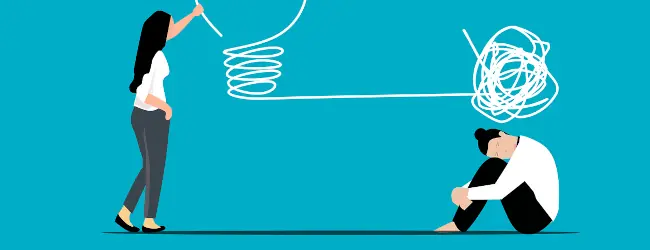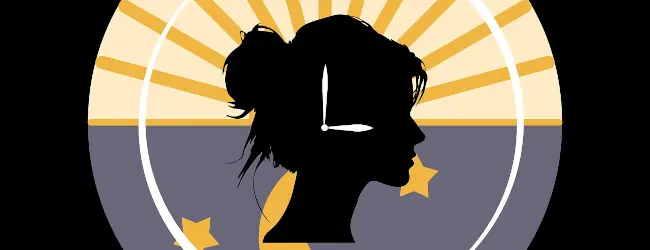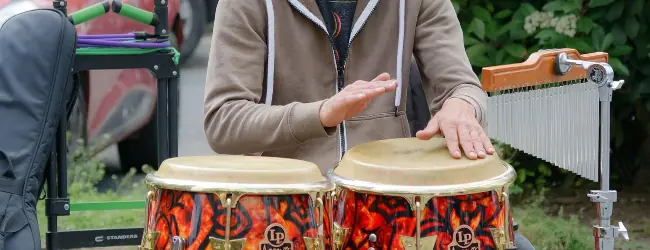I have gradually found how to solve my problems. Let’s talk about it.
How to solve cyclical problems
Sometimes, we want to solve the problems that arise repeatedly. Even if we think we have solved them once, they trouble us again and again. Typical examples are stress and emotion. They torment us periodically.
However, we sometimes don’t know how to solve it. We are unaware of even where to find a solution. That makes us hopeless.

On the other hand, there is an interesting phenomenon: when we find a solution, it is easy to solve. A little realization and correction can significantly improve our lives.
In other words, the answer frequently lies in the blind spot. Although we already know the effective means, we are just not associating them with the current issue.
To be aware of the blind spot, I will introduce an effective way: focusing on rhythms. This realization might solve your cyclical problems.
Two types of problems
Focusing on our rhythms is one way to solve cyclical problems.
To make it easier to understand, I will introduce the kinds of problems. There are two types of them, as follows:
- An ordinary problem has a certain answer. Once we resolve it, it will not happen again. We can solve it with new knowledge.
- A cyclical problem is caused by an imbalance. Even if we resolve it, it recurs if we lose our balance. We can modify it by building a new balance from a historical perspective.

They show us that our confusion about them causes the problem with blind spots. If we consider all problems as ordinary problems, which are solved by new knowledge, we stick to finding new solutions that we don’t know yet.
That would be why many people try to seek new methods, even if they are insane and unreasonable spiritual ones.
In other words, we don’t have to pursue new knowledge to solve cyclical problems. We already know the means. We just don’t recognize it as a solution.
Changing our patterns of rhythms
A solution is changing our patterns of rhythms. If we change them, we can make the invisible visible.
For example, I temporarily changed the time of my walk. Walking is one of my hobbies. Although I usually walk in the afternoon, I did it in the evening due to several chores yesterday.
The evening walk was different from before. Many elderly people were out for a walk, and they greeted me with smiles. I was the only younger one. Since I like old people, that experience was not bad.
Changing my rhythm allowed me to see what I could not see before.

For another example, we can change our response when we are at our peak condition.
We usually try to keep the best state. When we are energetic, we try to maintain that level of energy. However, from a historical perspective, our condition is not constant; it fluctuates over time.
That shows us our blind spot. We can intentionally take a break after we have passed our peak. Although we are discouraged in the short term, we can relax and enjoy the time off comfortably. In addition, it provides us with new ideas and creates new leaps.
We will realize that it is the best time to rest and don’t have to stick to the best condition.
In other words, what we need at peak time is often not encouragement but discouragement. We already know the existence of discouragement. Although it is a solution, we are just not associating it with the current issue.
Rhythms have waves on the opposite side. Try looking at the longer-term rhythms. They often give us solutions to cyclical problems.
Conclusion
That is why focusing on our rhythms is one way to solve cyclical problems.
The answer frequently lies in the blind spot if we cannot find a solution by seeking new knowledge.
This realization might solve your problems.
Thank you for reading this article. I hope to see you in the next one.


